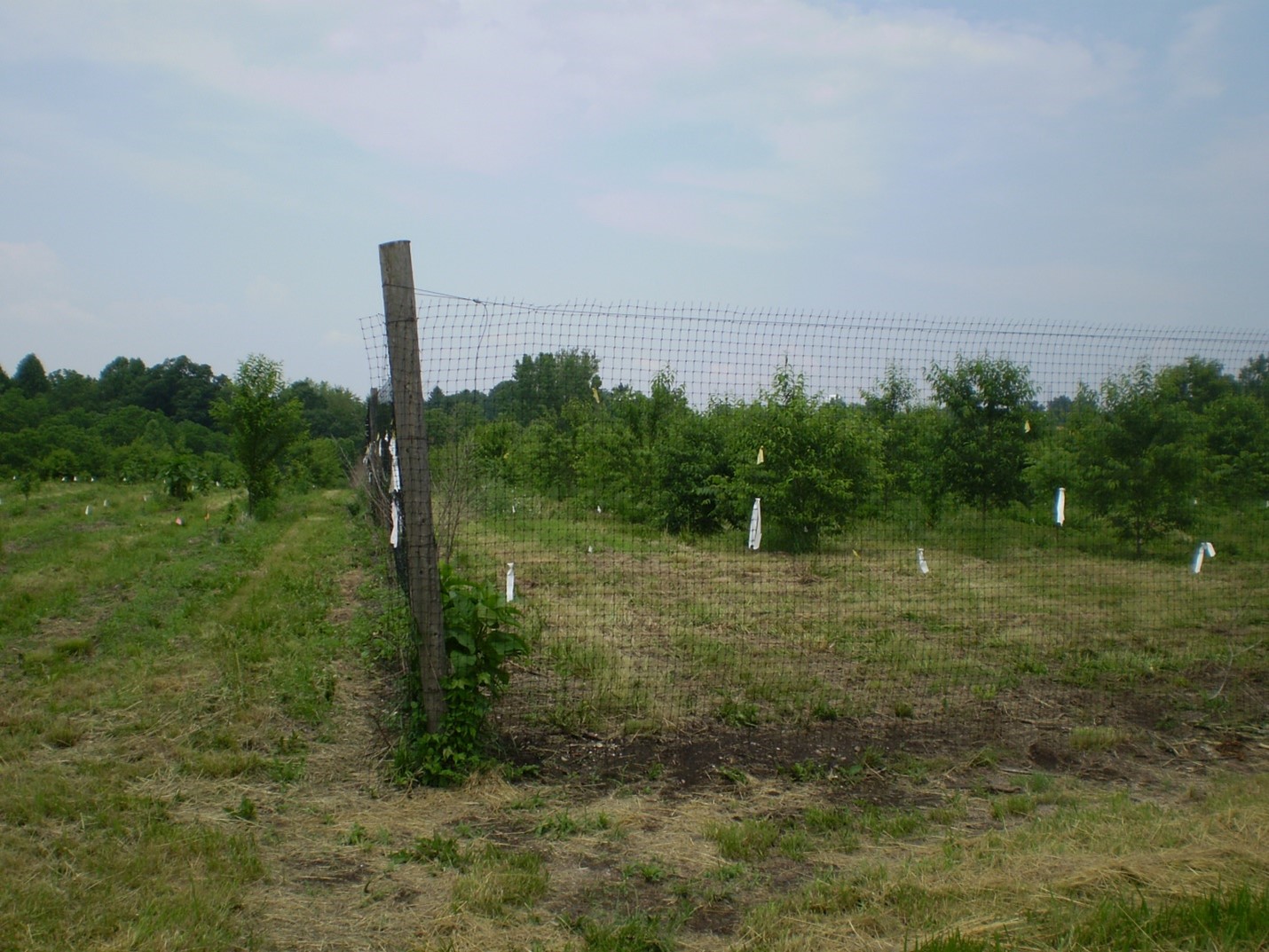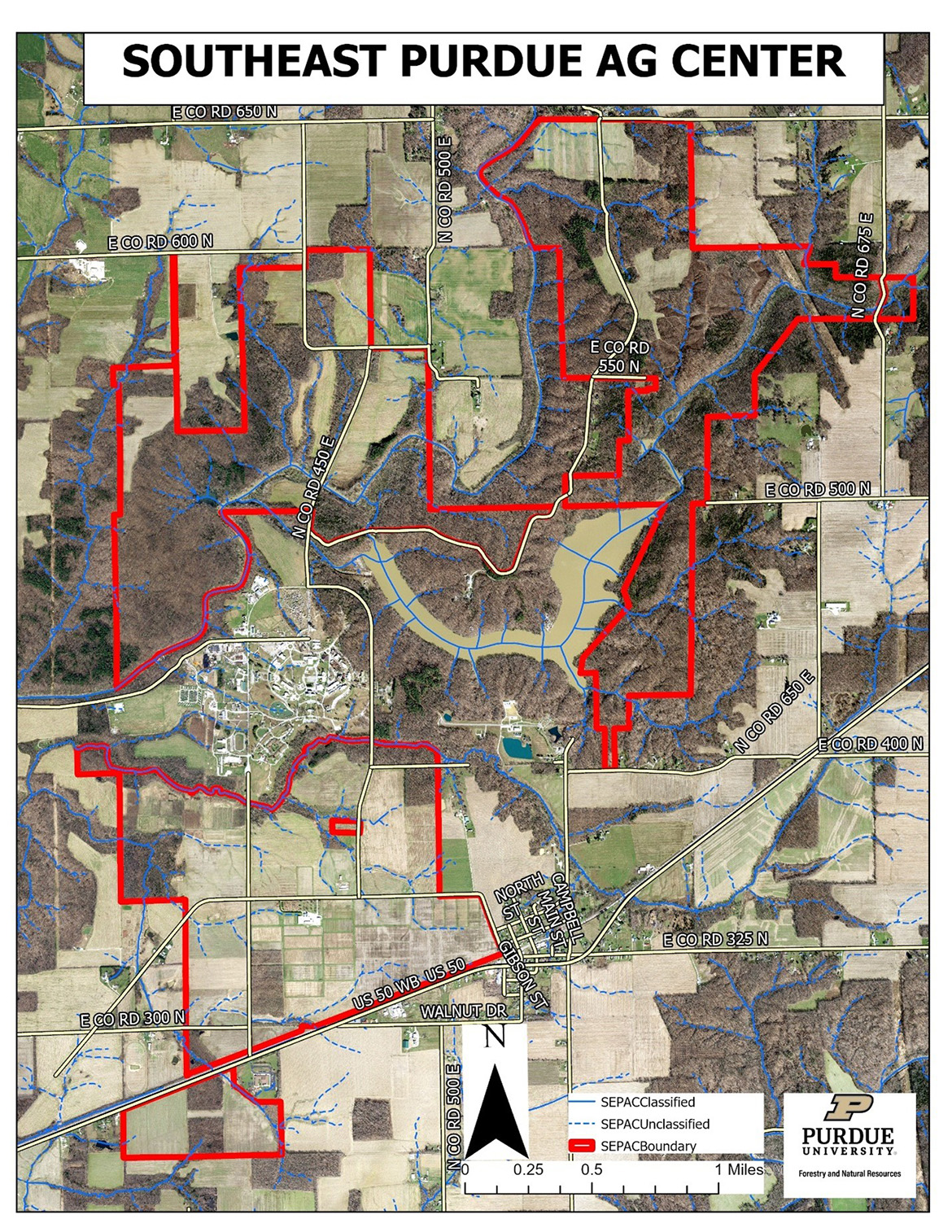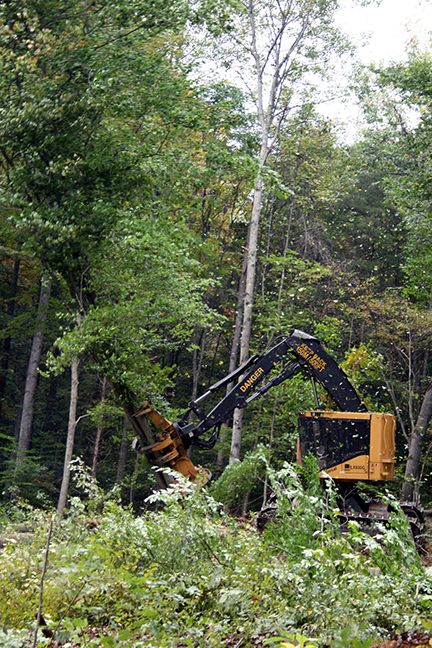Southeast Purdue Ag Center (SEPAC)
The Southeastern Indiana Purdue Agricultural Center (SEPAC) is in the Bluegrass natural region in Jennings County. It was established in 1977 when the state of Indiana transferred 830 acres from the Department of Mental Health’s Muscatatuck State School to Purdue University. In 2005, the Department of Natural Resources transferred an additional 1,600 acres to Purdue. It is utilized for extension and research trials in both Agronomy and Forestry, as well as multiple other departments.
Property Statistics
- Acres: 2,500 total, 1,430 forested
- Acquired: 1977
PAC Information
More About Southeast Purdue Ag Center
- Agroforestry
- Growth and yield of timber
- Biomass harvest research – see “Photos and Maps” section for images of the biomass harvest areas.
- Largest of PACs
- No-till farming practices due to poorly drained, low organic matter soil
- In 1919, most property owned by State of Indiana as part of Muscatatuck State School
- Around 1940, farming and grazing operations ceased on property
- 1964-1969, property transferred to Department of Conservation (presently known as IDNR Division of Fish and Wildlife)
- 1977, State of Indiana transferred 830 acres from Department of Mental Health’s Muscatatuck State School to Purdue University
- 2005, Purdue University acquired additional property as an extension of SEPAC and has presently had land management and allowed the forest to continue to grow
- Vernon Fork of the Muscatatuck River nearby. All water drains into this river.
- Tree and Log Quality, Scaling, and Measurement, Hardwood University – September 13, 2023
Please contact the property manager for a copy of this property’s management plan.
Superintendent:
Joel Wahlman
Southeast-Purdue Agricultural Center
4425 East 350 North
Butlerville, IN 47223
Phone: 812-458-6977
Email: jwahlman@purdue.edu
Property Manager:
Don Carlson
Southeast-Purdue Agricultural Center (SEPAC)
4425 East 350 North
Butlerville, IN 47223
Cell: 812-798-2764
Email: carlsode@purdue.edu
 2010 demonstration planting using deer exclusion fence to protect planted trees. Photo by Don Carlson.
2010 demonstration planting using deer exclusion fence to protect planted trees. Photo by Don Carlson.  SEPAC clearcut enrichment planting. Photo was taken in 2021 after establishment of planted trees in tubes. 2 years later, a second photographer (the first picture) displays this establishment planting 2 years later with natural and artificial regeneration successfully occurring. Photo taken by Don Carlson.
SEPAC clearcut enrichment planting. Photo was taken in 2021 after establishment of planted trees in tubes. 2 years later, a second photographer (the first picture) displays this establishment planting 2 years later with natural and artificial regeneration successfully occurring. Photo taken by Don Carlson. 
Biomass Harvest
 Tiger harvester removing trees for Biomass research area in 2012. Photo by Don Carlson.
Tiger harvester removing trees for Biomass research area in 2012. Photo by Don Carlson.  View of a clearcut stand in the biomass research area in 2013. Photo by Don Carlson.
View of a clearcut stand in the biomass research area in 2013. Photo by Don Carlson.  Natural regeneration occurring in 2015 within the clearcut locations from 2012-2013. Photo captured by Don Carlson.
Natural regeneration occurring in 2015 within the clearcut locations from 2012-2013. Photo captured by Don Carlson.  2016 photo of regeneration of clearcut areas successfully occurring. Photo by Don Carlson.
2016 photo of regeneration of clearcut areas successfully occurring. Photo by Don Carlson. 